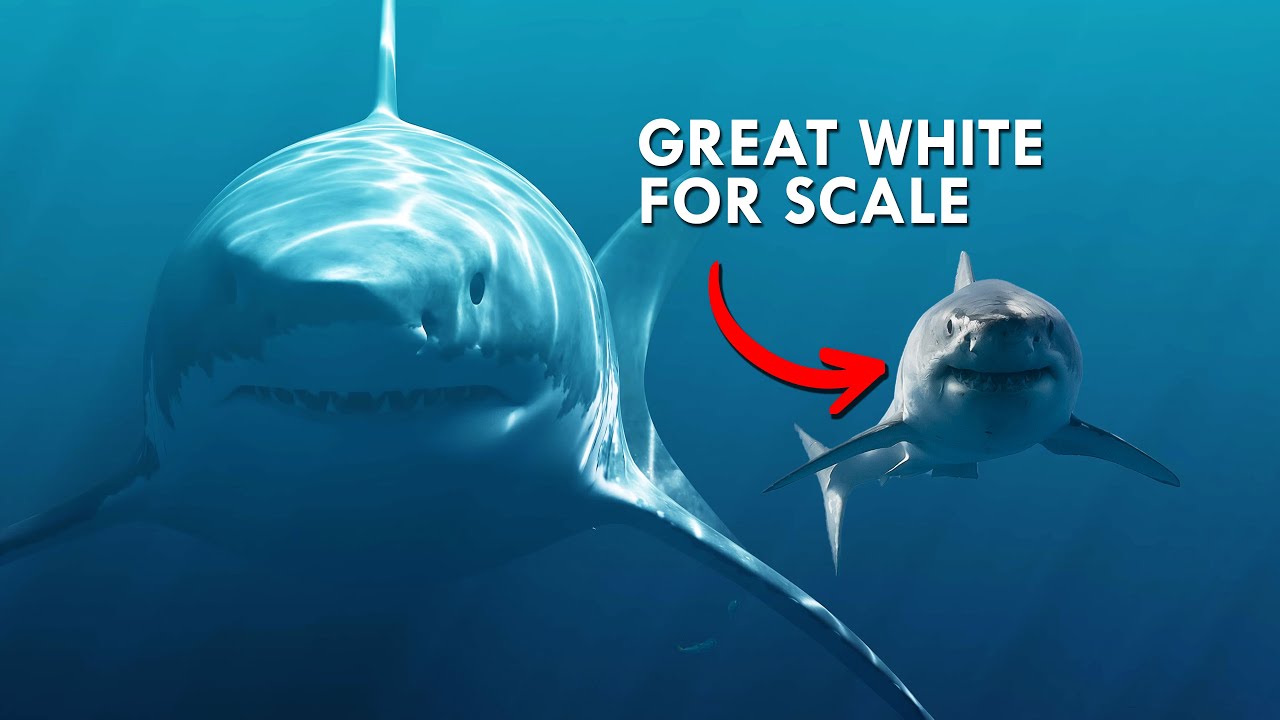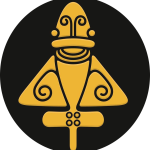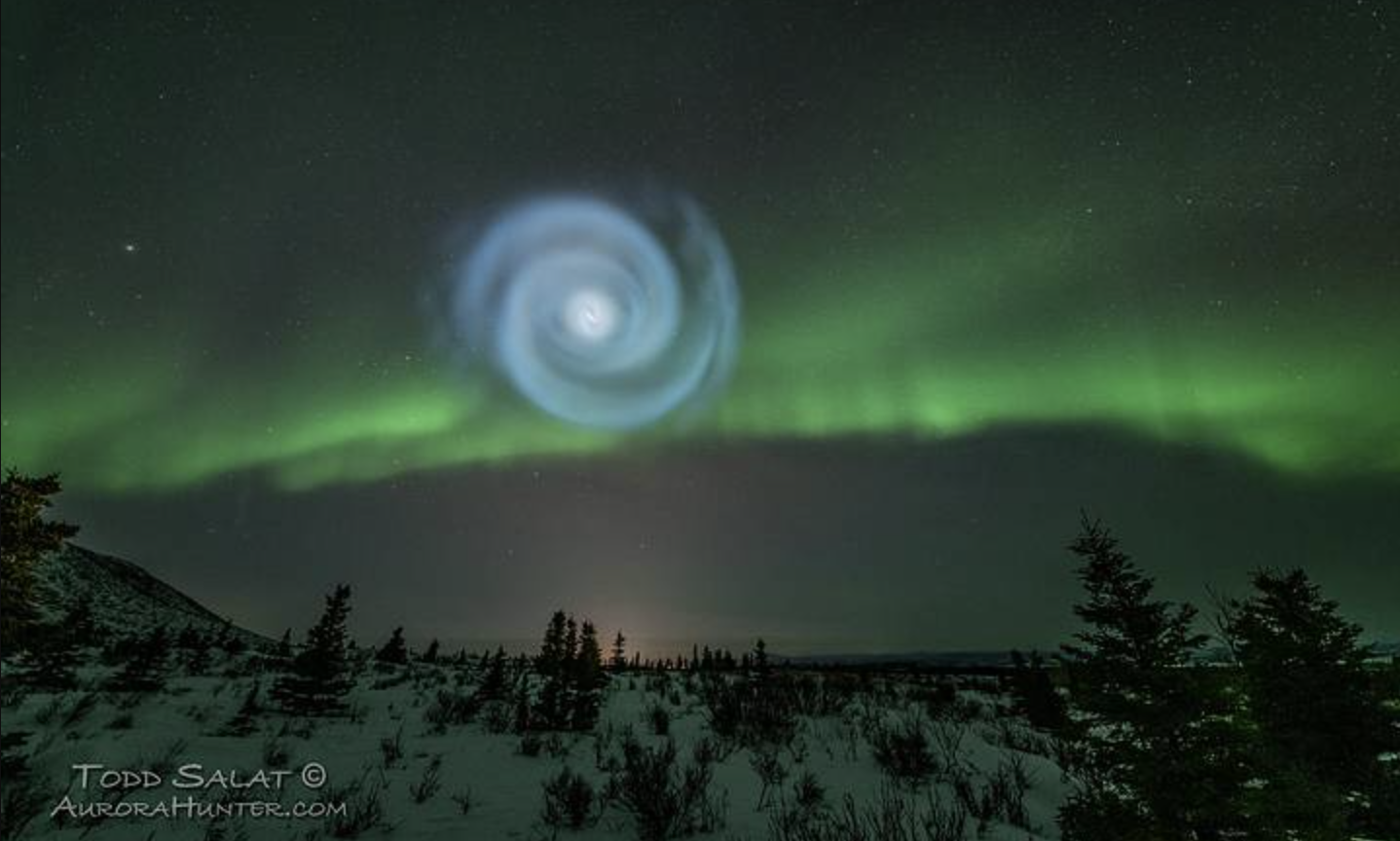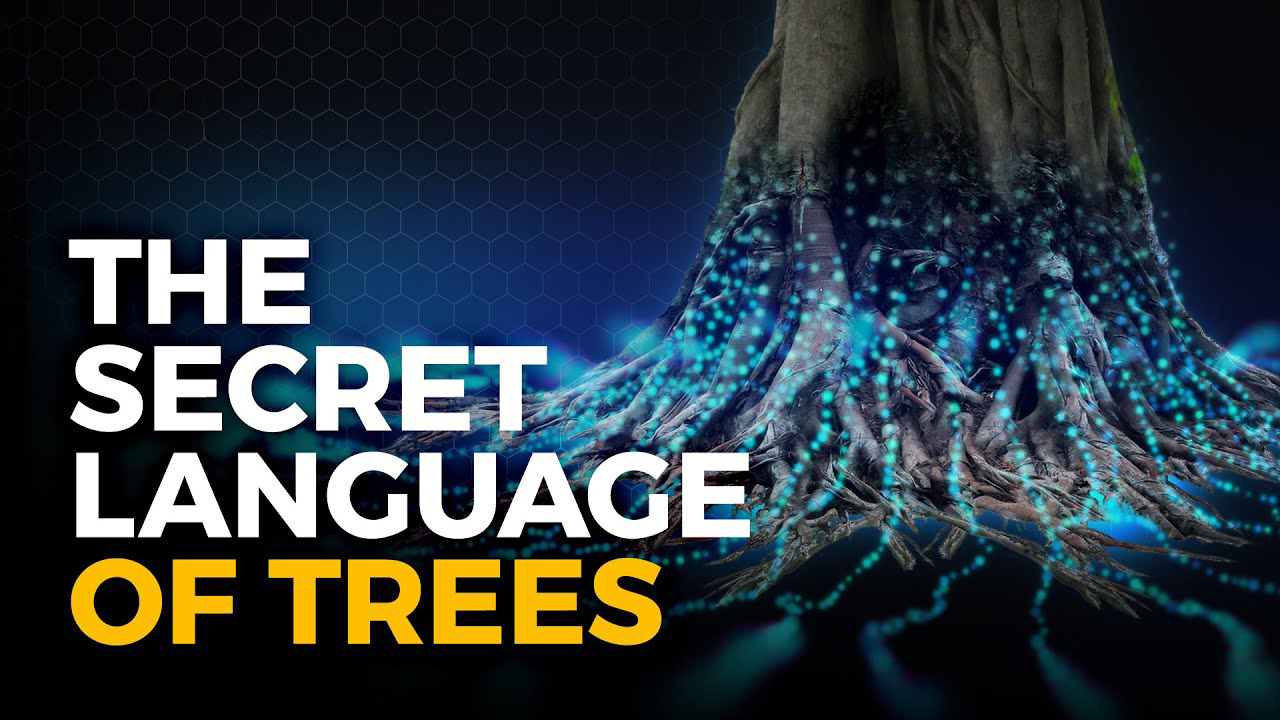Delving into the Depths of Megalodon’s World
The Megalodon, a gigantic prehistoric shark that once ruled the world’s oceans, has long been a subject of fascination for marine biologists, paleontologists, and shark enthusiasts alike. This monstrous predator, whose name translates to “big tooth,” is believed to have lived between 23 million and 2.6 million years ago. This article will uncover five mind-blowing facts about the Megalodon that showcase its formidable size, power, and mystique.
-
A True Giant of the Seas – The Enormous Size of the Megalodon
One of the most striking characteristics of the Megalodon is its colossal size. Although estimates vary, researchers believe that adult Megalodons could have reached lengths of up to 60 feet (18 meters), making them one of the largest predators to have ever lived. To put this into perspective, the Megalodon was approximately three times larger than the modern-day great white shark. This enormous size enabled the Megalodon to dominate the oceans and prey on a wide variety of marine life, including whales.
-
Powerful Jaws – The Megalodon’s Bone-Crushing Bite
The Megalodon’s powerful jaws and massive teeth were essential to its role as an apex predator. Its bite force is estimated to have been between 24,000 and 41,000 pounds per square inch (psi), which is significantly stronger than the bite force of any living shark species. This immense bite force allowed the Megalodon to tackle large prey and crush bones with ease. The shark’s teeth, which could grow up to 7 inches (18 cm) long, were serrated and designed for slicing through flesh and bone.
-
A Global Predator – The Megalodon’s Vast Range and Habitat
The Megalodon’s reign extended across the globe, with fossil evidence suggesting that these ancient sharks inhabited a vast range of environments. Fossilized teeth have been discovered on every continent except Antarctica, indicating that Megalodons thrived in warm, temperate, and even cold waters (but apparently not as cold as Antarctica or its immediate surroundings). This wide distribution enabled the Megalodon to take advantage of diverse food sources, contributing to its status as the ocean’s top predator.
-
Preying on Giants – The Megalodon’s Preferred Meals
The Megalodon’s immense size and formidable hunting capabilities allowed it to prey on a wide variety of marine life, but its primary food source was large marine mammals. Megalodons are believed to have primarily hunted whales, seals, and sea turtles, using their powerful jaws and teeth to inflict fatal wounds. Fossil evidence, such as whale bones with bite marks matching Megalodon teeth, supports the idea that these ancient sharks were well-adapted to hunting large prey.
-
The Mystery of Megalodon’s Extinction – A Puzzling Demise
Despite its status as an apex predator, the Megalodon eventually went extinct between 2.6 and 3.6 million years ago by the end of the Pliocene. The exact cause of its extinction remains a mystery, but several factors may have contributed to its downfall. One possibility is that changing ocean temperatures led to a decline in the Megalodon’s preferred prey, forcing it to compete with other predators for limited resources. Additionally, the rise of new predatory species, such as killer whales, may have put increased pressure on the Megalodon population.
The Unforgettable Legacy of the Megalodon
The Megalodon, with its colossal size, bone-crushing bite, and global dominance, continues to captivate the imagination of scientists and the public alike. As we uncover more about this prehistoric leviathan, its legacy remains undiminished as one of the most formidable predators in Earth’s history. The Megalodon’s mystique endures as a reminder of the incredible diversity and power of the creatures that once inhabited our planet’s oceans. The ongoing quest to understand the Megalodon’s biology, behavior, and extinction provides valuable insights into the complex and ever-evolving story of life on Earth. Who knows, some say this gigantic creature still roams Earth’s oceans today.
📚📖 Make sure to join Ancient Library on Telegram, and become part of a unique group 👉🏻 https://t.me/theancientlibrary
If you want to help us out and support the page, you can buy us a coffee ( we really appreciate it) 👉🏻 https://www.buymeacoffee.com/ancientlibrary
I am the Librarian, and I, together with the guardians of the Ancient Library, curate content for this site. Welcome, and enjoy your stay.
-
The Librarianhttps://ancient-library.com/author/ivan/
-
The Librarianhttps://ancient-library.com/author/ivan/
-
The Librarianhttps://ancient-library.com/author/ivan/
-
The Librarianhttps://ancient-library.com/author/ivan/





